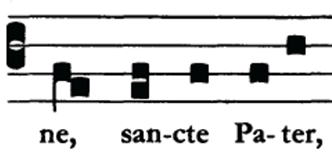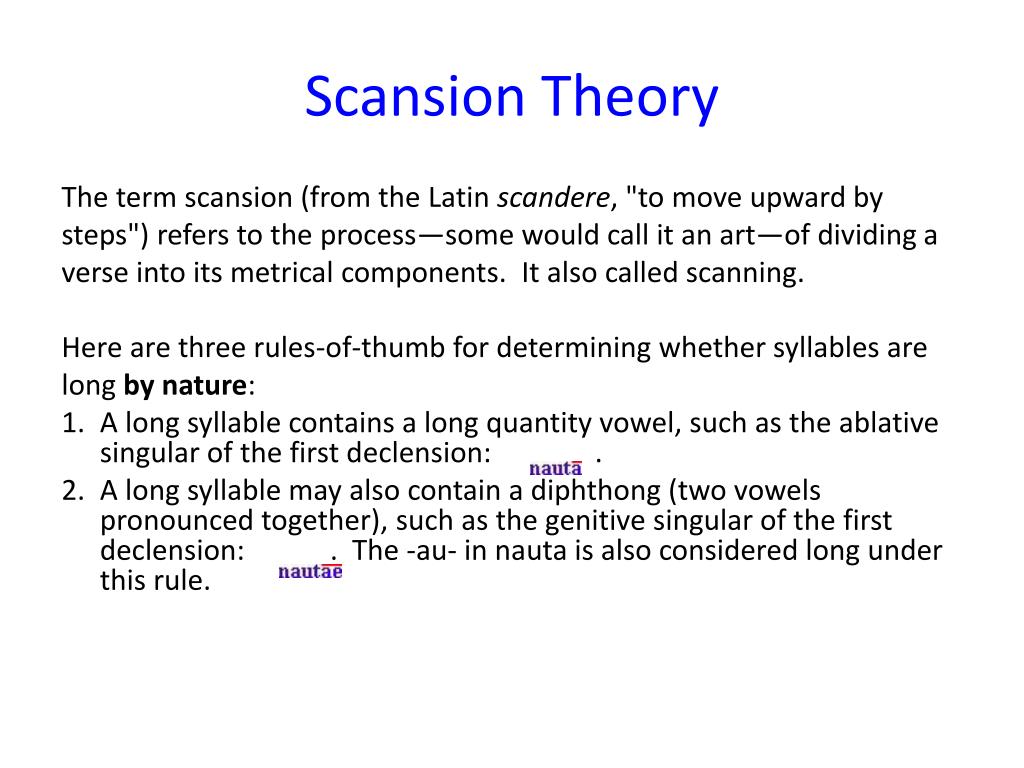



The foot is no longer a dactyl, but a spondee: for. Specifically, the poet, at his or her license, may replace (or contract) the pair of short syllables in the arsis with (or into) a long syllable. What to do, then, with words that have only long syllables? The answer is that the meter must become more flexible. One potential problem is that not every word has one short syllable, let alone two. Substitution The general idea, therefore, is that a poet composes a hexameter verse by placing words into the metrical scheme wherever they best fit. Prepositional prefixes stand alone as syllables e. It’s a holdover of the Greek aspirant and merely implies rough breathing. A mute-liquid combination, as a matter of fact, will not "make position" for a vowel: the -a- in patres scans as short, not long. So patres divides as pa-tres, not pat -res.
#Hendecasyllabic scansion latin plus#
The exception to this rule when a vowel is followed by a combination of a mute (a consonant formed by complete air blockage– t, d, p, b, c, g) plus a liquid (a consonant that can be prolonged, e. When a vowel is followed by two consonants in the same word, the division comes between the consonants: ar-ma, not arm-a or a-rma. Syllables are usually divided between a vowel and a single consonant: vi-rum, not vir-um. But why not arma vir | umque can | o? For the answer one must remember the basic rules for syllabification, or dividing words up into their syllables. For example, arma virumque cano is broken up as arma vi | rumque ca | no. Syllabification Drawing a line between feet often means drawing a line between syllables.


 0 kommentar(er)
0 kommentar(er)
